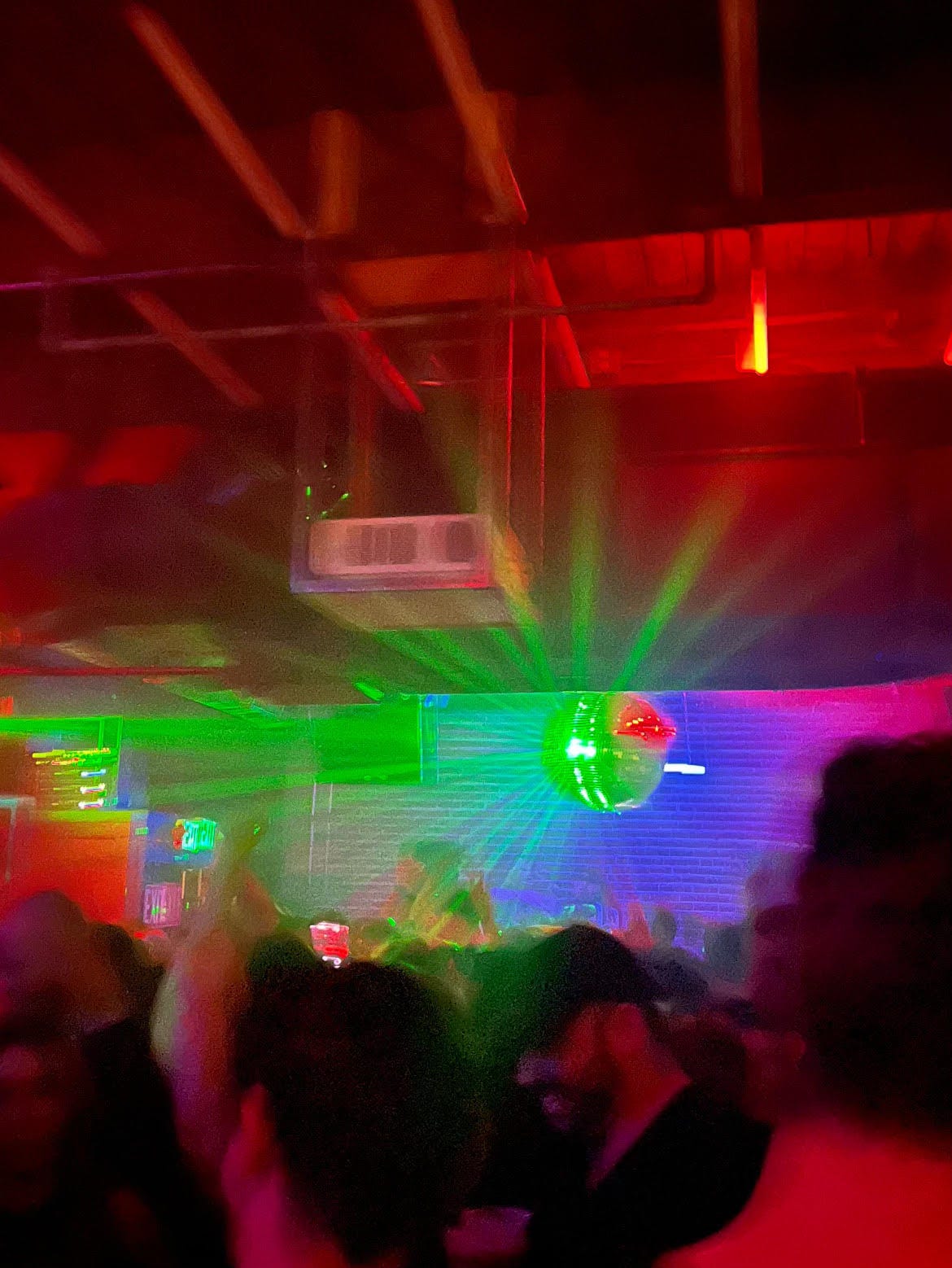Recently I’ve been shying away from writing about queerness, masculinity, and body stuff. Partly because I’m interested in exploring other areas, but mostly because I’m kinda scared to jump into the queer men and bodies of it all. I carry lots of baggage around words like “masculinity” and “men” (I partly blame the church, what else is new), so writing about these topics makes me cringe.
I’ve avoided writing/thinking about masculinity because of the freaky parts. But alas, keeping the focus on queerness more generally prevents me (and us) from exploring the important particulars of queerness, masculinity, and bodies.
In my mind, terms like “masculinity” and “men” are necessary evils. Necessary in that I’m a queer man and feel a responsibility to speak to this experience around body stuff, given how few guys are talking about it. Evil because “masculinity” and “men” are reductive, binary (tending to exclude nonbinary people), and often signify toxicity and exclusion. But given language’s limitations, here we are.
For now, I’ll go with “men and otherwise masc folks” (thanks to a smart friend/colleague who helped with this terminology). To be clear, this refers to all men (not just the cis gays) as well as others who might not identify as men but are impacted by norms of masculinity. So please read the term in the most expansive way possible, including people of other genders who are impacted by similar norms.
A few weeks ago I was at the Charli XCX & Troye Sivan show, a duo that attracts queer men in droves. At the show and afterparty, I felt a mix of “I am home, everything is beautiful” and “ew I hate it here.” There’s something special about being around lots of queer men, but it also triggers my fight or flight response.
In the cramped dance floor of the afterparty (above), I looked around and felt a deep kinship with those around me. Many of us had the shared experience of bone-deep shame giving way to some kind of celebration. Mid-dancing, I found myself reflecting on how hard many of us had to work to be where we are. Many, like myself, have found freedom in what we were told was evil and depraved. Being surrounded by and celebrating what I was taught to vilify as a kid will always be healing.
At the same time, I felt the assessing eye of others. I could feel myself being placed in others’ hierarchies of attractiveness, and I noticed my urge to do the same. There was a notable lack of diversity, especially around body shape and size. The clientele leaned thin/muscular cis gay men, and those who had their shirts off were without exception of that kind. It was boring, and clearly not a representative sample of queerness, queer masculinity, or bodies. Something was amiss.

Of course, every queer space doesn’t need to be a perfect representation of queerness, but I’ve noticed that spaces with mostly queer men look similar. Those who exist outside the “ideal” tend to be made invisible.
As I’ve said before, queerness is an invitation to expansion and play. Alternatively, masculinity tends to invite competition and hierarchies. In this way, “queer masculinity” is an oxymoron. Maybe that explains why I cringe as I type it.
I get hopeful when I think of new ways for queer men and otherwise masc folks to exist in community. I get excited when I think of more expansive ways we can celebrate sexuality and desire.
Queerness, like any other identity or community, can create the very social dynamics we seek to change. Adding masculinity to the mix makes this even more true. But it also comes with its opportunities.
Next week(ish) I’ll share some reflections on an informal poll I asked folks on Instagram about queerness, masculinity, and body stuff. See you then <3

